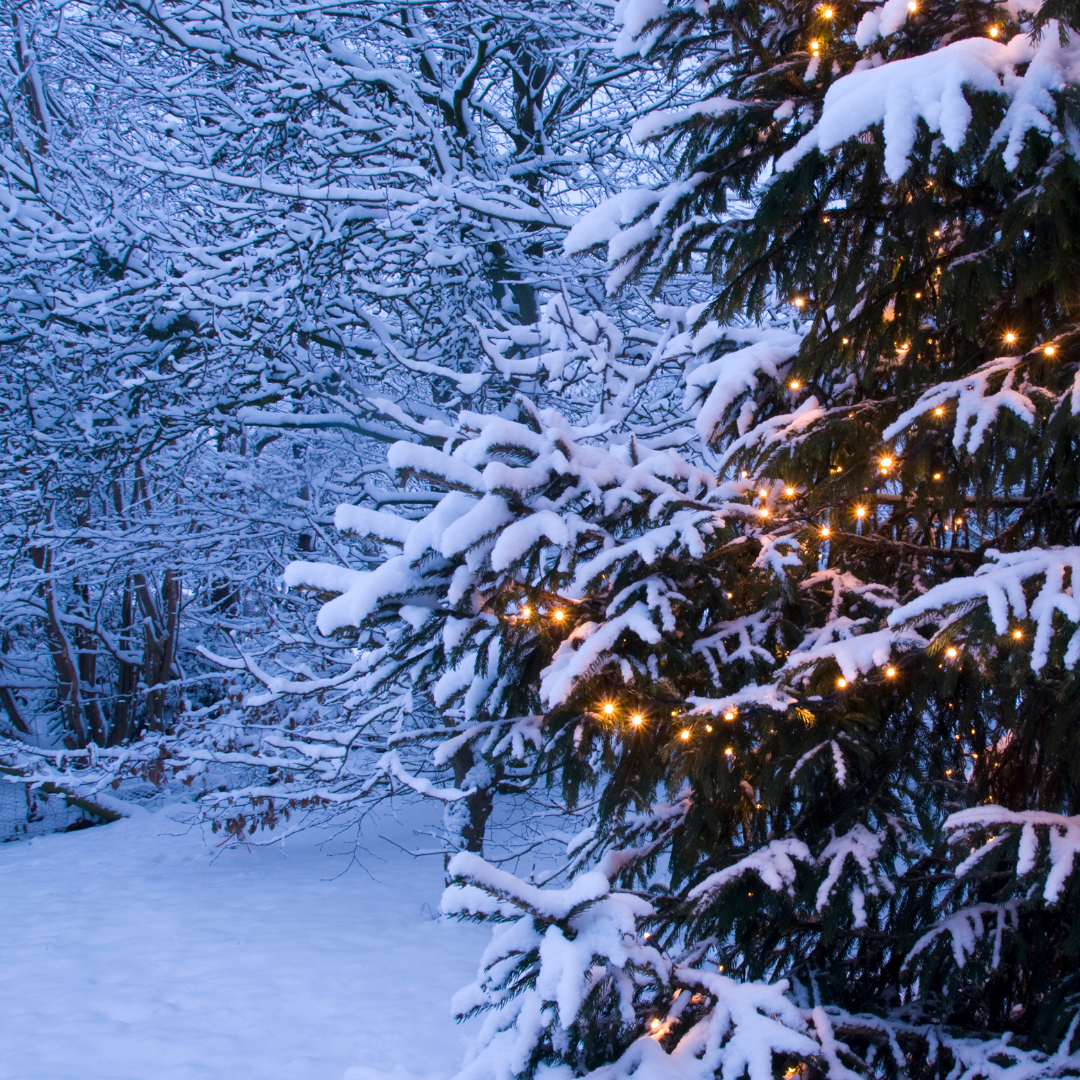The early snows and freezing temperatures look like they may assure us a rare White Christmas this year. However, the beautiful winter landscapes and the artistry of glittering ice have the potential for creating serious injuries whether you are in an automobile or on foot. In this blog, I will discuss your responsibility as a pedestrian versus the landowner’s responsibility to keep sidewalks and parking areas clear.
In Pennsylvania, we have what is known as the “Hills and Ridges Doctrine.” It controls whether or not a person can recover money damages for injuries from a fall on ice or snow. In plain English, the doctrine says a person cannot recover for injuries in a fall occurring while a storm is taking place or within a reasonable period of time thereafter unless the condition that causes the fall is “hills” or “ridges” or some other man-made feature. For example, if a snow plow has piled up snow blocking access to a walkway forcing the pedestrian to take a more treacherous route, the snow plow company may be liable if the pedestrian falls and injures himself on the detour. However, if the pedestrian leaves home and walks in an unplowed area moments after the storm ends, the landowner will not be responsible for a fall caused by a natural accumulation.
The doctrine provides landowners a “reasonable” period of time after a storm to clear walkways and parking areas. Business owners who invite the public to their premises are under a greater duty to clear sidewalks and parking areas during and after a storm than private property owners. While the law does not define what is a “reasonable” period of time, the more time that passes after the end of a storm, the less likely the “Hills and Ridges” doctrine will apply. Certainly, any landowner who does not make the effort to plow and salt sidewalks and parking areas within forty-eight hours after a storm, particularly businesses, exposes itself to liability if someone falls on the premises.
If a landowner has taken reasonable measures to plow and de-ice sidewalks and parking areas, it then becomes difficult for the pedestrian to recover for injuries from a fall on isolated patches of ice or snow. The pedestrian has to watch where he or she is walking and avoid ice or snow covered areas if a safer, alternative path is available.
Once again, man-made hazards caused by plowing and de-icing may still create liability for a landowner or its contractors. I have a case in which the snow plow contractor piled snow along the uphill curb of a sidewalk in a shopping area. Not surprisingly, the snow melted, ran downhill across the sidewalk, and refroze in colder temperatures creating not only a sheet of ice, but ice on a sloped surface. My client’s foot slipped out from underneath her as she walked along the sidewalk and her ankle fractured in three places. In this case, the landowner’s snow removal contract specifically stated plowed snow should not be piled where it could melt and re-freeze creating a hazard to shoppers.
When the weather outside is frightful, stay inside where it’s delightful or use extra caution in any outdoor activity. If you have any questions regarding injuries you have sustained in a fall or your responsibility as a landowner or contractor, please call or email the Fegley Law Firm at our Yardley, PA office. (215) 493-8287 or scott@fegleylaw.com.

